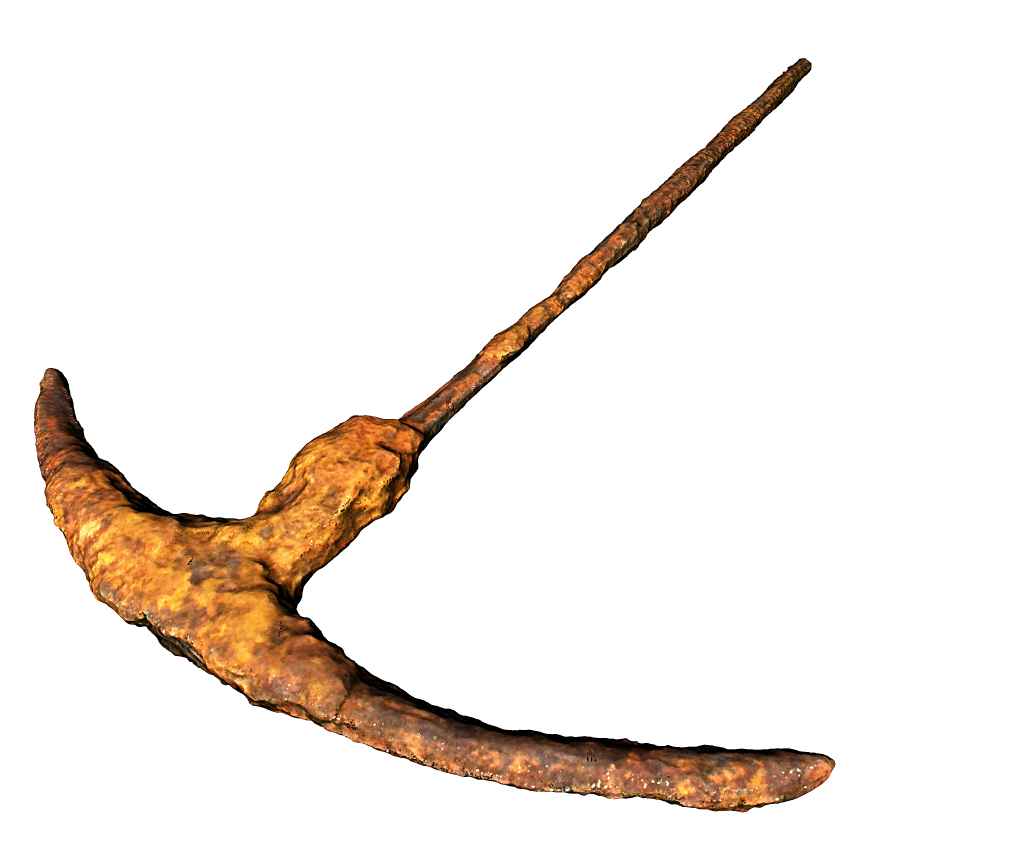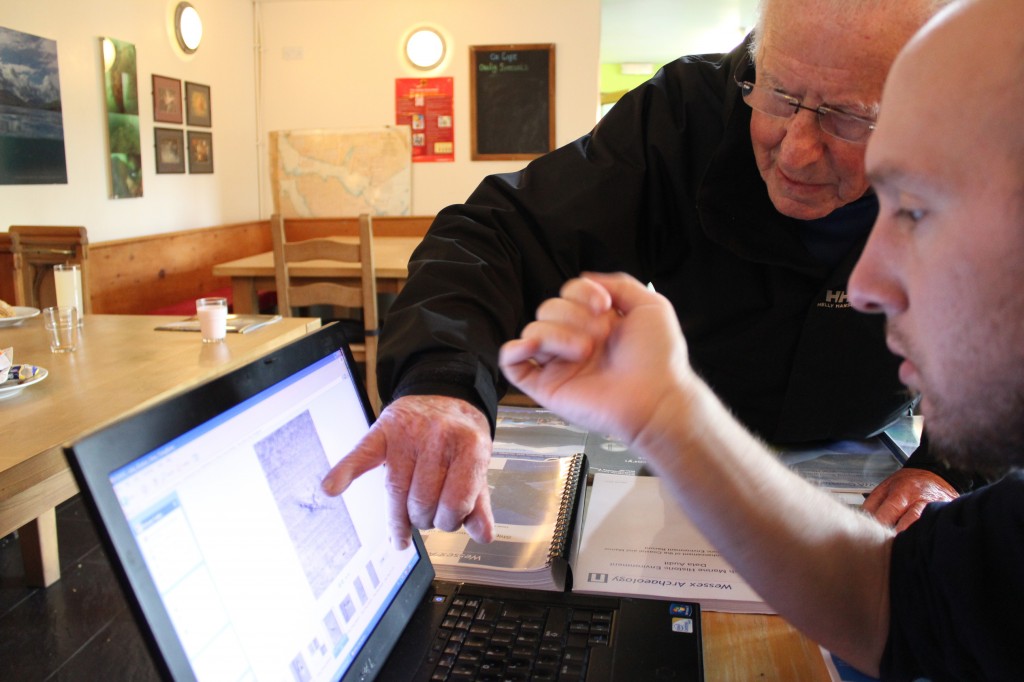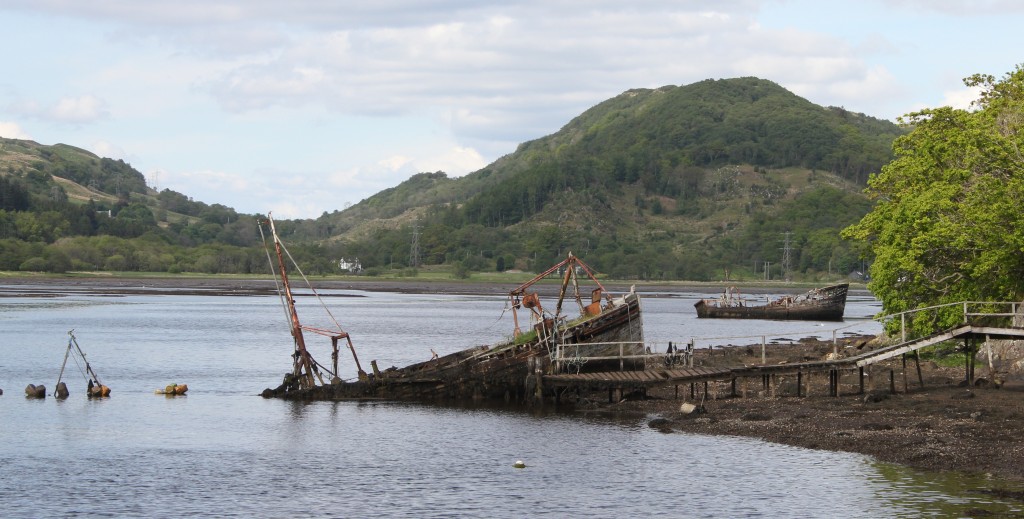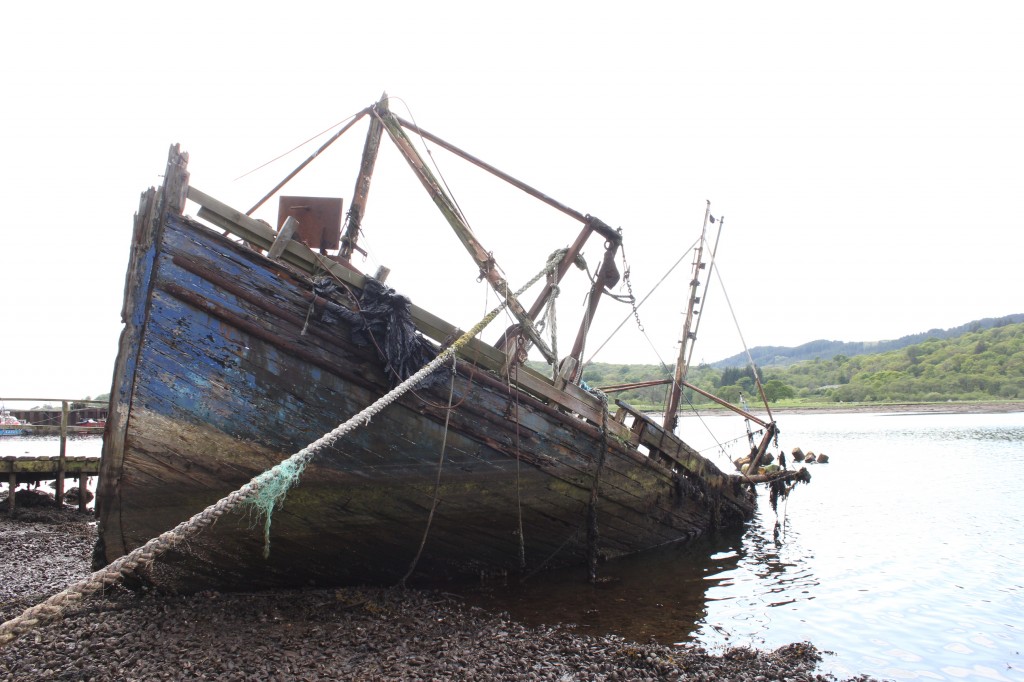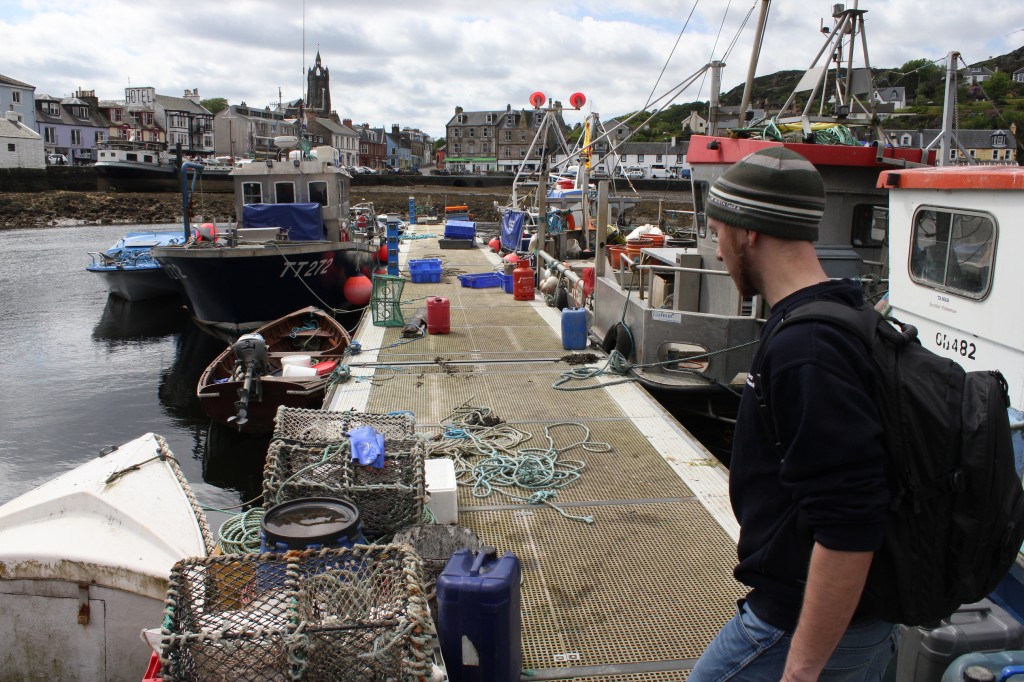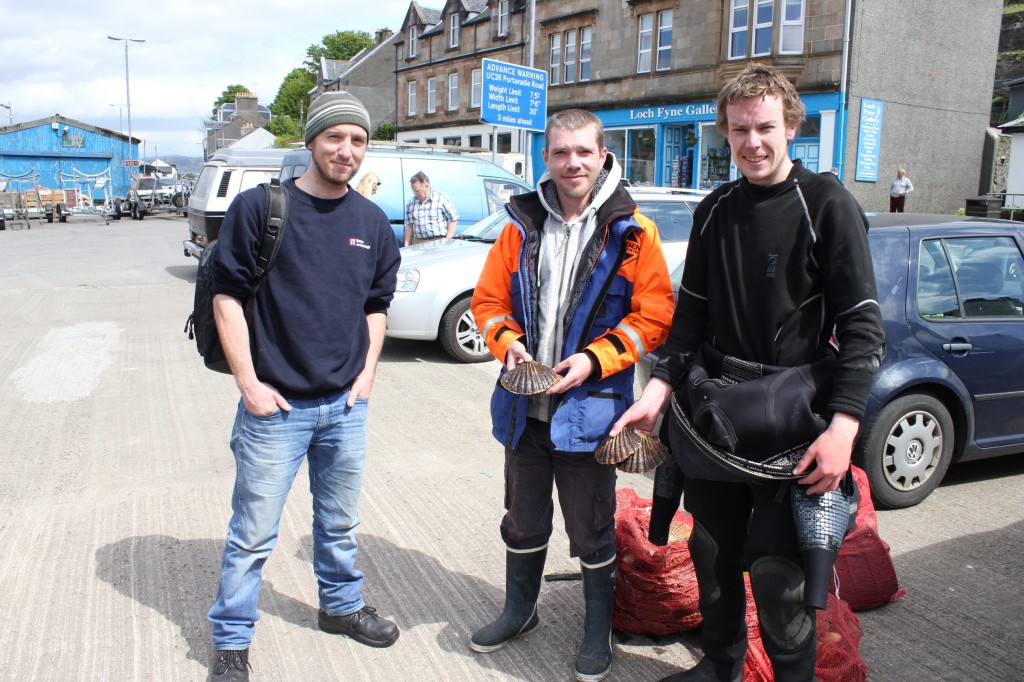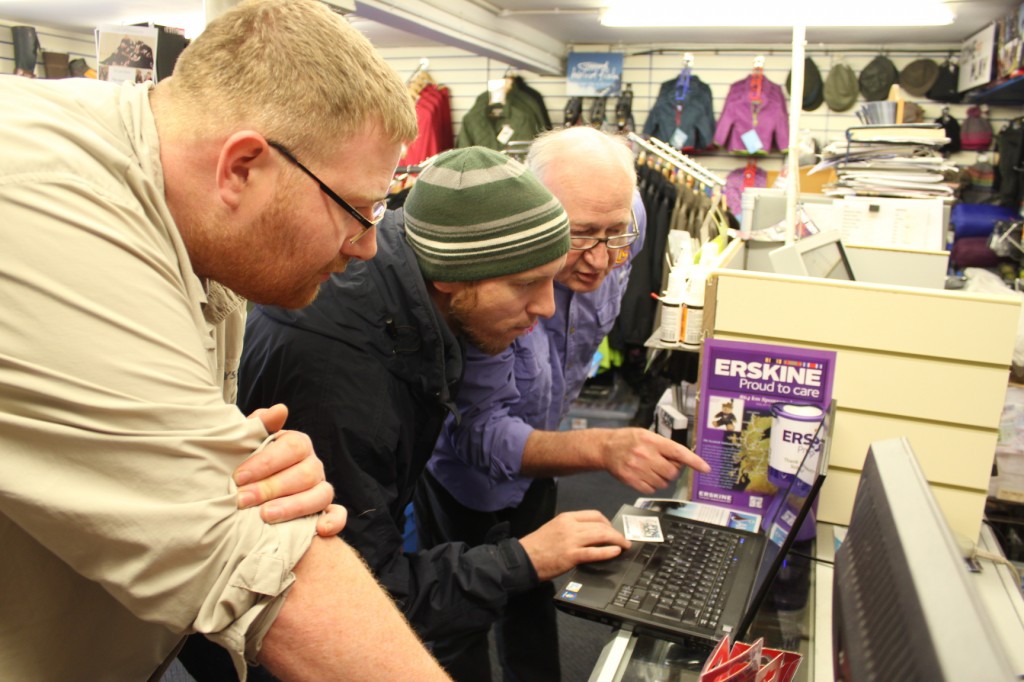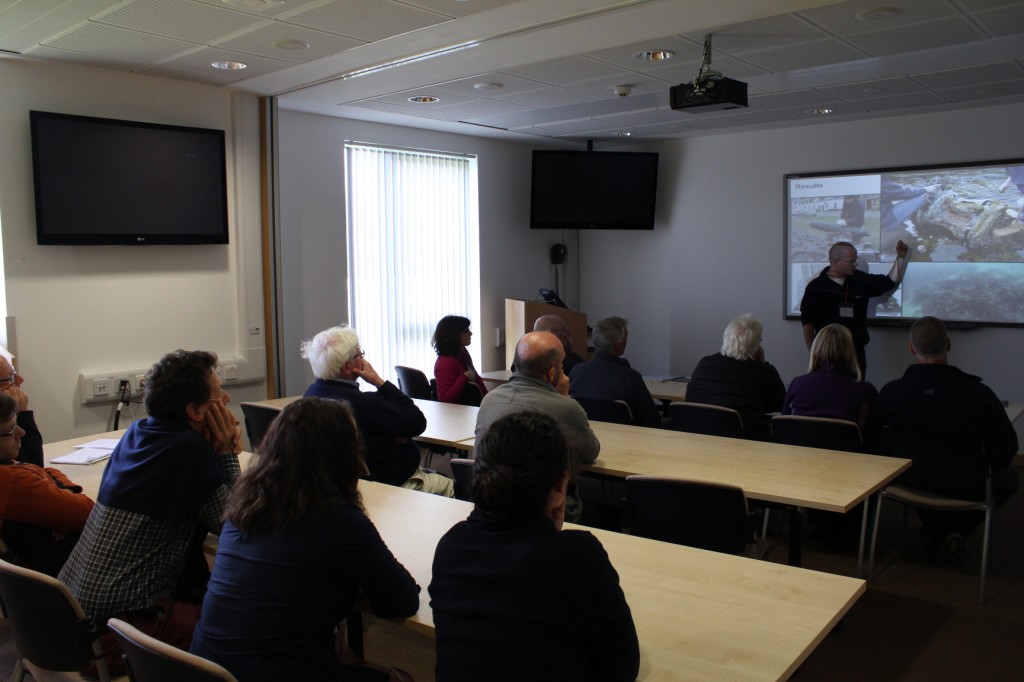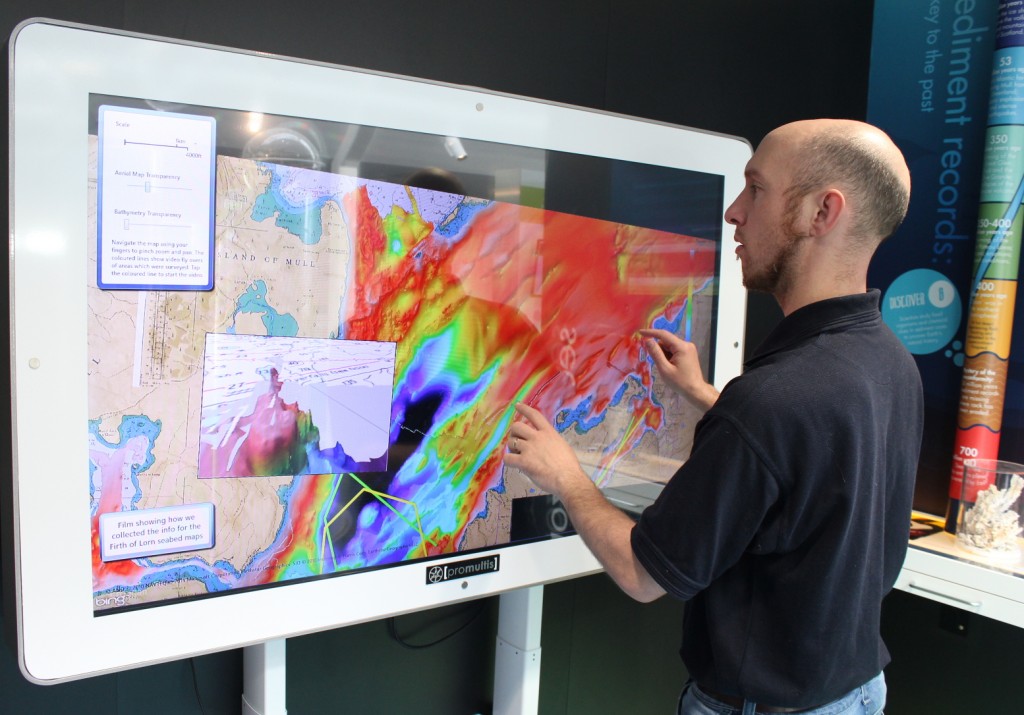
Figure Caption: A Flinders University Maritime Archaeology Student records the Clyde-built Leven Lass during the 2014 fieldschool in Victoria, Australia. Another fieldschool is scheduled for February 2015.
As this summer’s SAMPHIRE campaign heads toward the sea for the 2014 marine surveys, the WA C&M team will be joined by local volunteers, archaeology students and its new project partners from the Flinders University Maritime Archaeology Program. So, how did our Scottish-based team partner with a group from Adelaide, South Australia? The answer is quite simple: SAMPHIRE’s Original Principal Investigator and Project Manager left last year to become Lecturer in Maritime Archaeology at Australia’s leading University for Maritime Archaeology.
This year Dr Jonathan Benjamin is delighted to return to Scotland for project SAMPHIRE as formal project partner and Co-I. Jonathan is joined by Flinders MA student Chelsea Colwell-Pasch, who is researching Scottish Maritime Archaeology for her MA thesis. The international cooperation allows an excellent opportunity for professional, academic, volunteer and student involvement. Plus, maritime archaeology is an international discipline with trans-boundary elements and the obvious aspects of transport and travel throughout time.
Chelsea’s thesis topic will incorporate a multiphasic vessel biography on the Scottish-built historic shipwreck Leven Lass, a brig built in Dumbarton, by Denny & Rankine at Denny’s Shipyard number two, in 1839. A brig is a two-masted sailing ship with square rigging on both masts; they were commonly used as couriers on coastal routes. Leven Lass had routes between Limerick and Glasgow and then between North America (Canada and West Indies) and Glasgow. It was then sold on 16 September 1852, by Paton and Grant, and sailed from Scotland to Melbourne, Australia on 1 October 1852 by Captain Sholto Gardener Jamieson (1818-1882), arriving in 1853 (Glasgow Herald 17 September 1852:8; Lythgoe 2014; Wilson 2012). Leven Lass spent the majority of its time in Southeast Australia as a post carrier between Adelaide, Melbourne, Hobart and Sydney and was considered “a remarkably fast sailer” (Glasgow Herald 17 September 1852:8).
The Shipwreck Leven Lass was identified by a previous Flinders Masters student (D. Wilson) who worked on the wreck during the 2012 Flinders fieldschool at Phillip Island, Victoria (in partnership with Heritage Victoria). Leven Lass was chosen as Chelsea’s thesis topic after the 2014 Flinders University Maritime Archaeology fieldschool this past January (see Chelsea’s post on the Flinders University Student Blog). During the 2014 fieldschool in Victoria, more data were collected and Chelsea will now investigate the vessel’s ‘life cycle’ or career, from design inception to archaeological investigation, and its broader implications for shipwreck studies, Scottish maritime diaspora and nineteenth century post-colonial Australian seafaring. Her research trip has taken Chelsea from Adelaide to Edinburgh (and on to Oban and the Islands), and she has visited the Glasgow University Archives, RCAHMS, the Scottish Maritime Museum and met with various heritage professionals in Scotland.
As researchers of maritime archaeology, the SAMPHIRE project team would like to hear from the public. If you have knowledge about historic ship-building, wrecks, or material that you have discovered (particularly as it relates to Scottish coasts or diaspora), please do not hesitate to contact the SAMPHIRE team!







